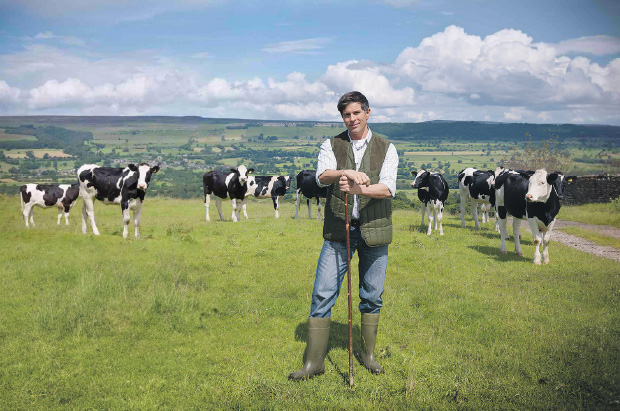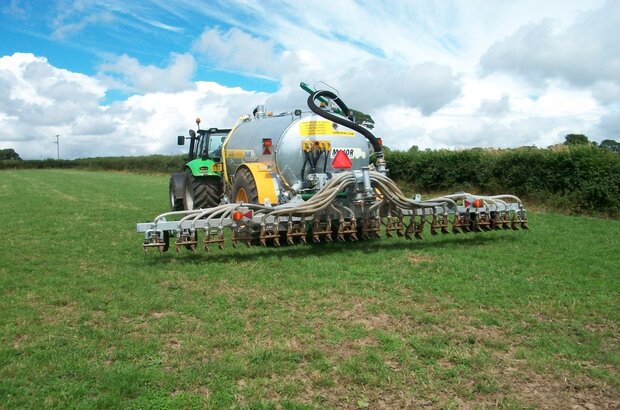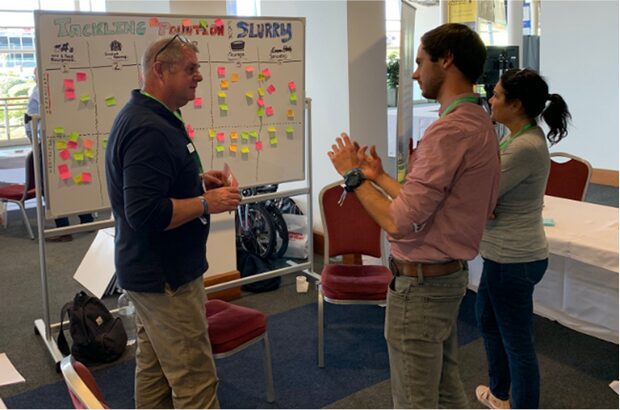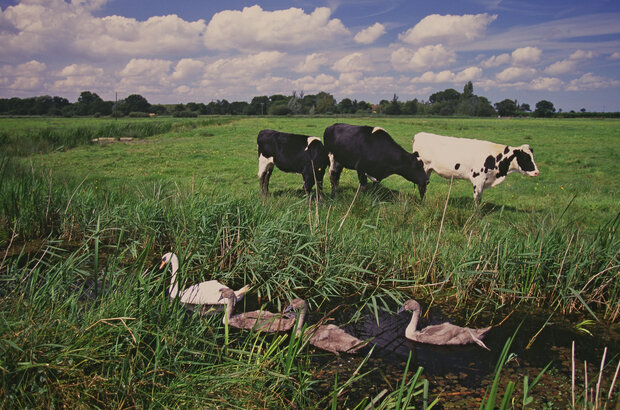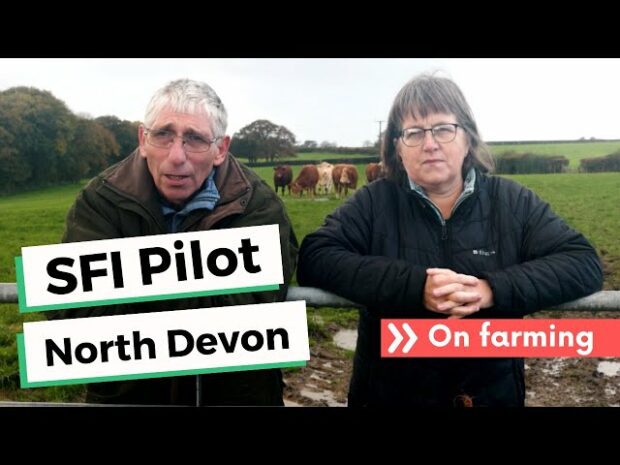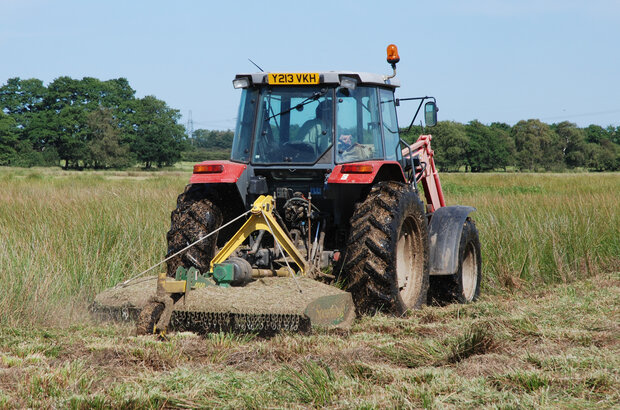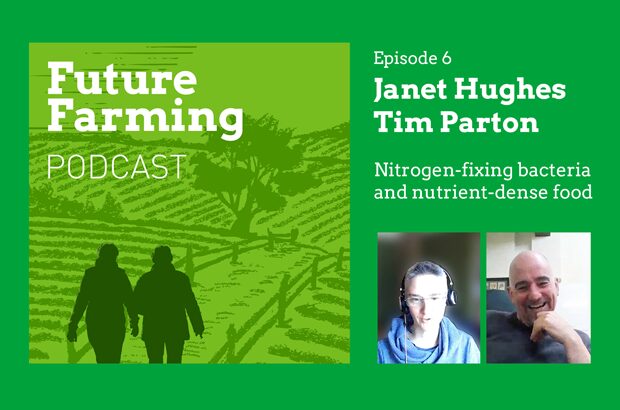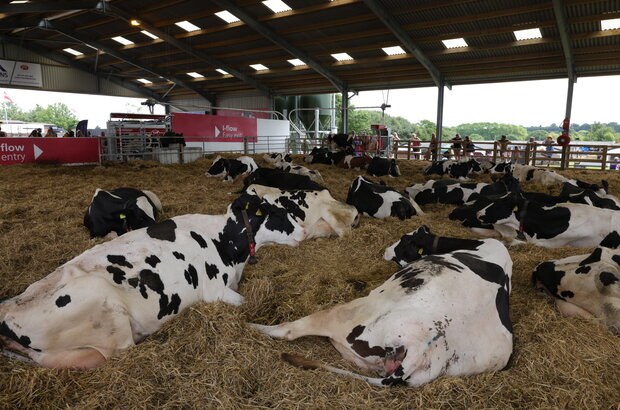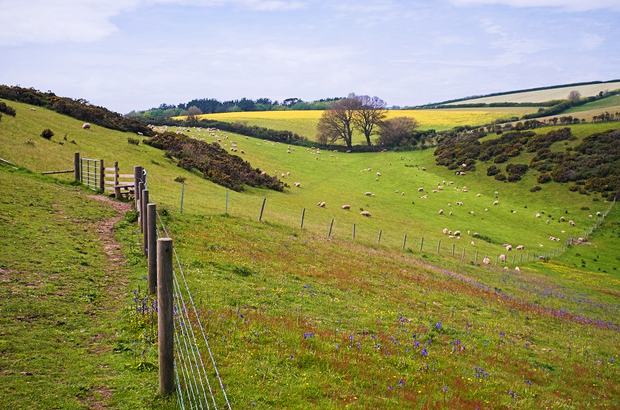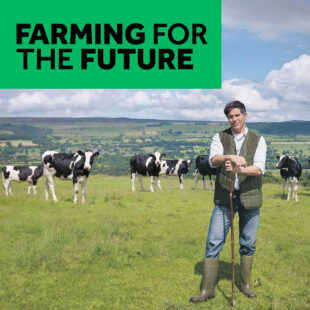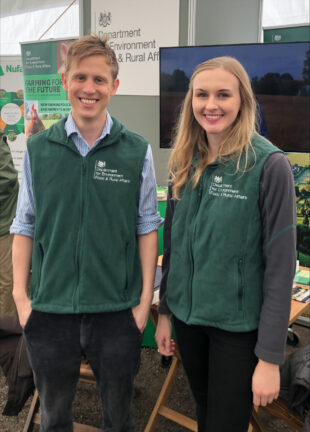The Sustainable Farming Incentive
The Sustainable Farming Incentive
Over 20,000 farmers have already applied for an SFI agreement. Apply today and choose from the 23 actions currently on offer. You will receive your first payment 4 months after your agreement starts. After that, you’ll be paid every 3 months, so you have a regular, reliable income.
Updated 29 April
